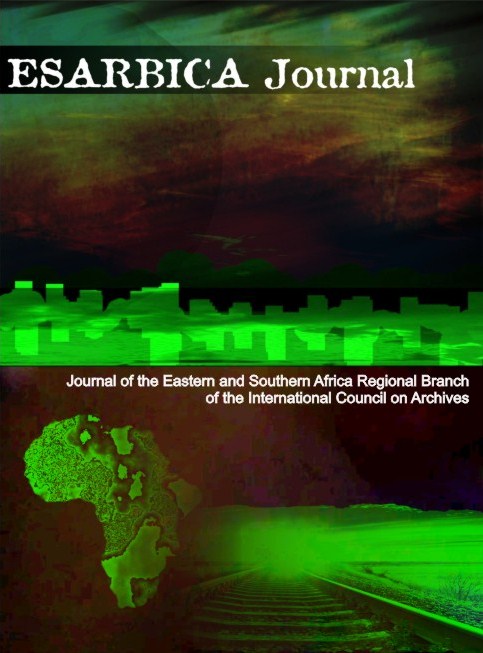Main Article Content
Preservation of audio-visual archives in Zambia
Abstract
Audio-visual records and archives constitute a fundamental heritage that satisfies multiple needs, including education, training, research and entertainment. As such, there is a need to appropriately preserve and conserve them so they can be accessed for as long as they are needed. In spite of their significant role in safeguarding cultural heritage, audio-visual records and archives, are often neglected and accorded less attention than paper-based records, especially in developing countries. Hence, there is a risk of losing information held in audio-visual form. That is why this study looked at how the National Archives of Zambia (NAZ) and the Zambia National Broadcasting Corporation (ZNBC) preserve audio-visual materials to ensure long-term accessibility of the information. The study investigated the types of audio-visual collections held, the storage equipment used, measures put in place to ensure long-term accessibility of audio-visual materials, the disaster preparedness plans in place to safeguard audio-visual archives and the major challenges encountered in the preservation of audio-visual materials. The findings of the study revealed that films (microfilm and microfiche), photographs and manuscripts, and video (video tapes) and sound recordings (compact cassette) constitute the biggest audio-visual collection preserved. The equipment used to store audio-visual materials included open shelves, specialised cabinets, electronic database for digitised materials, aisle mobiles and cupboards. The measures taken to ensure the long-term accessibility of audio-visual collection included digitisation and migration of endangered records and archives; fumigation of storage areas; conservation of damaged materials and regulation of temperatures and humidity in the storage areas. The disaster preparedness plans in place mostly covered structure insurance; protection against fire and water by way of installing fire extinguishers; smoke sensors; fire detectors and construction of purpose-built structures. The major challenges faced were financial constraints; technological obsolescence; lack of playback equipment; limited training; lack of strong back-up systems and inadequate storage facilities.



